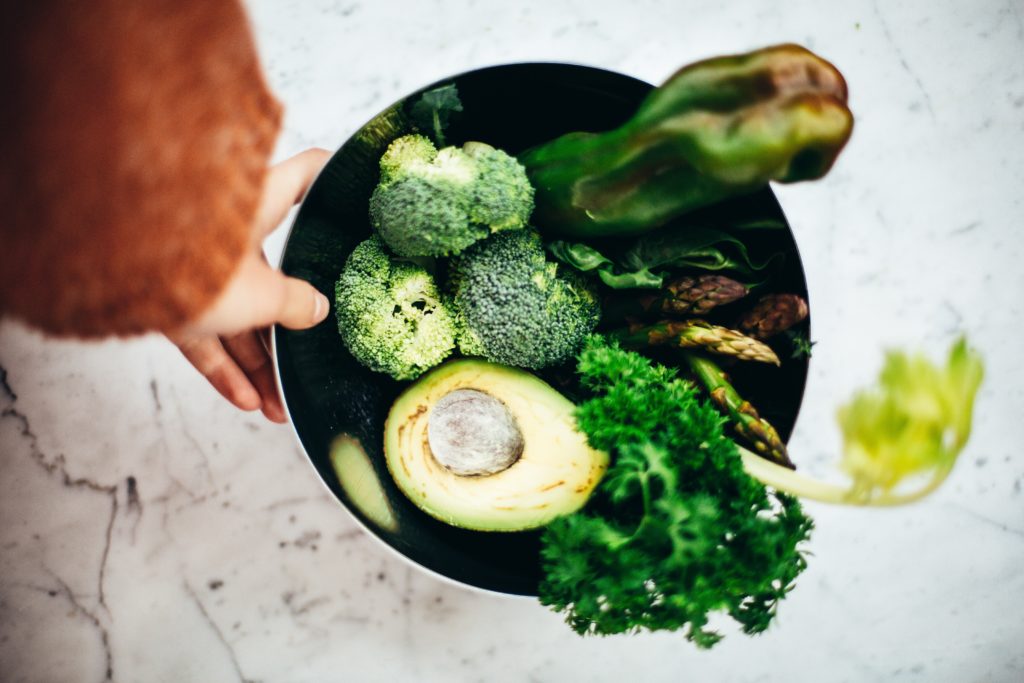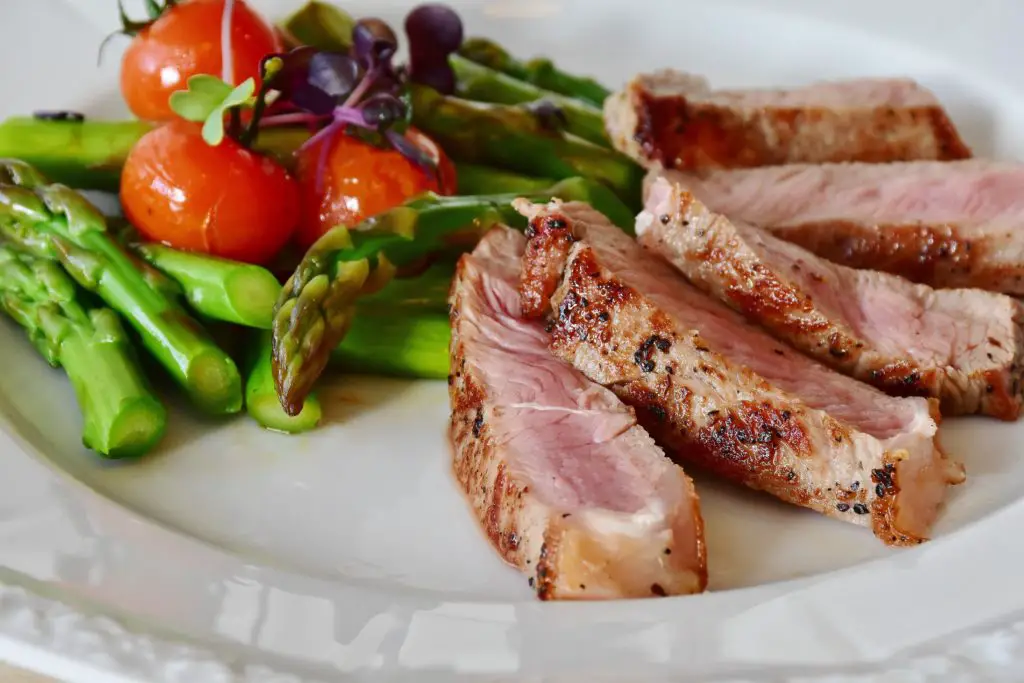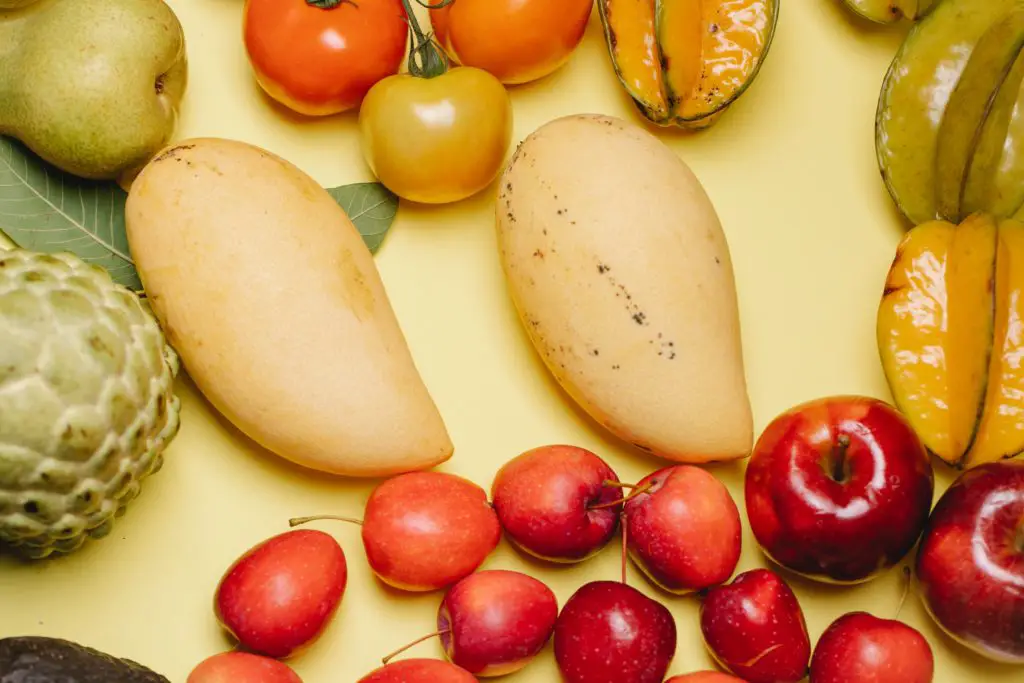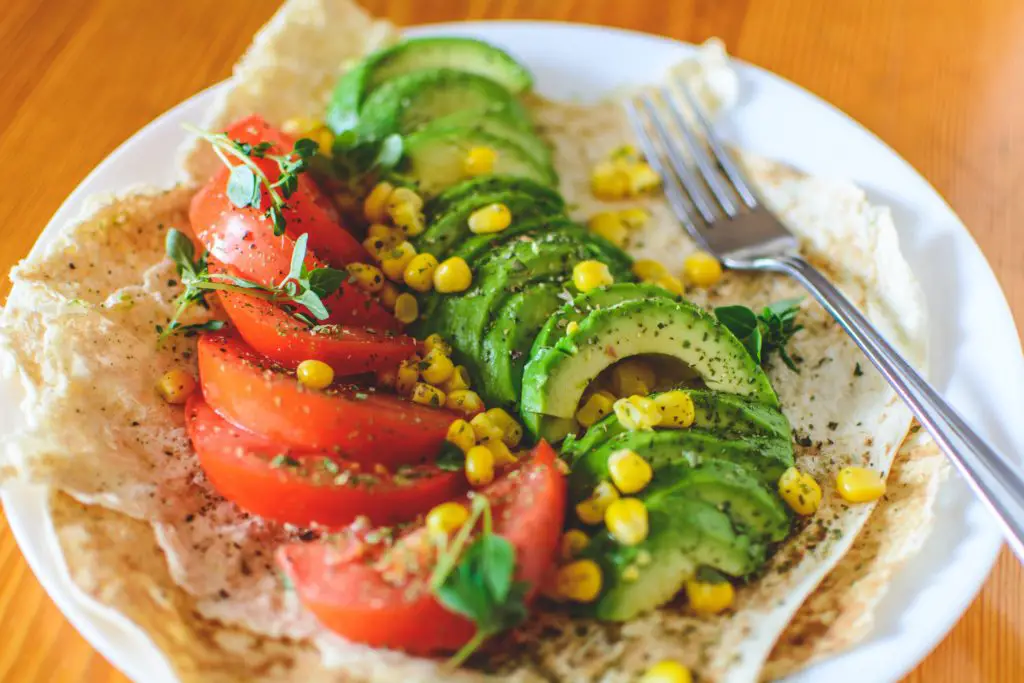What Is The Raw Food Diet?
The raw food diet is exactly what it sounds like – restricting yourself to foods that haven’t been heated (over 104 to 118 degrees Fahrenheit) and haven’t been pasteurized, treated with pesticides or otherwise processed. This limits consumption to raw fruits, vegetables, seeds, and nuts, all of which should be part of any healthy diet. The diet provides plenty of fiber. It contains no animal foods, although some followers consume raw milk, cheese made from raw milk, raw fish (sashimi), and some types of raw meat. Foods can be prepared by juicing, blending, dehydrating, soaking, and sprouting.
How Healthy Is The Raw Food Diet?
While the raw food diet is healthy in that it eliminates processed foods and fast foods and provides an abundance of fresh fruits and vegetables, it also presents a number of serious health risks. A study published in 2005 shows that vegetarians who eat only raw foods have abnormally low bone mass, a sign that they may be vulnerable to osteoporosis. The study, published in the Archives of Internal Medicine, found that while other markers for bone health among those on the raw food diet were normal, the intake of calcium and vitamin D was very low (only 579 mg per day of calcium and 16 units of vitamin D) compared to 1,093 mg of calcium and 348 units of vitamin D among a control group that ate a typical American diet. (Taking vitamin and mineral supplements is often discouraged with a raw food diet.)
The raw food group also consumed fewer calories than participants in a control group and had a body mass index (BMI) averaging 20 (in the normal range) compared to just over 25 in the control group. While a BMI of 20 sounds healthy, that result was the average, suggesting that it was lower among some study participants. A BMI of 19.5 or below poses a risk of low bone mineral density because your bones won’t be bearing enough weight to keep them strong.
Beyond that, a different study found that 70 percent of women on the raw food diet experienced menstrual cycle irregularities – nearly one-third stopped menstruating entirely, which can happen when body weight drops too low. This change also negatively affects bone strength.
In addition, some research indicates that following a raw food diet long-term can lead to tooth erosion.
On the plus side, a study published in 2013 that followed 2,195 people from the U.S for three years looked at the effects of eating raw or cooked vegetables (potatoes were not included) on blood pressure. The investigators reported that eating raw vegetables was associated with lower blood pressure overall. Research has shown, however, that while following a raw food diet can help lower cholesterol and triglyceride levels, it also can reduce healthy HDL cholesterol.
Popularity
It is Ranked:
- No.4 diet in Best Weight-Loss Diets (Tie)
- No.4 diet in Best Fast Weight-Loss Diets (Tie)
- No.8 diet in Best Diets for Diabetics (Tie)
- No.10 diet in Best Plant-Based Diets
Reportedly, the popularity of this diet has been increasing in recent years. According to findings from a 2018 Gallup poll, a growing percentage of U.S. consumers seem to be eating more plant-based foods. Sales of plant-based food totaled $3.1 billion in 2017, an increase of 8.1 percent over 2016. These changes appear to reflect the increased interest in vegetarian and vegan diets (potentially including the raw food diet). However, according to a 2018 Gallup Poll, only 5 percent of Americans identified themselves as vegetarians and 3 percent as vegans, numbers virtually unchanged from 2012.
Principles Of The Raw Food Diet
People whose diets consist mostly of raw foods believe this way of eating is ideal for human health, leads to improved vitality and energy, and also reduces the impact of food production on the environment. Proponents also believe that cooking destroys foods’ natural enzymes and nutrients. Because their food choices are so limited, most people on a raw food diet only consume about half the calories they would get if their food were cooked.
Despite beliefs that a raw food diet is beneficial, science tells us that many of the vitamins and minerals found in vegetables are less bioavailable when these foods are eaten raw than when they’re cooked. For example, lycopene, the carotenoid pigment that protects against prostate cancer is available only from cooked tomatoes, not from raw ones. The carotenoids in carrots are more bioavailable from cooked carrots than from raw ones. In addition to killing potentially harmful bacteria, cooking also destroys phytic acid, a compound found in whole grains, legumes, nuts, and seeds which impairs the absorption of iron, zinc, and calcium, possibly promoting mineral deficiencies. Cooking also neutralizes lectins, plant proteins found in legumes, grains, tomatoes, and various fruits. If foods containing high amounts of these proteins are uncooked or undercooked, they can make you sick with symptoms of food poisoning – nausea, vomiting, and diarrhea, although these symptoms usually subside within hours.
Foods You Can Eat
It’s estimated that people on this diet consume 75 to 80 percent of their food raw. In addition to fruits and vegetables, the diet includes nuts and seeds as well as uncooked grains, cold-pressed extra-virgin olive oil, raw virgin coconut oil and raw coconut butter. Herbal tea is also permitted.
You can look at these books for further information on food and recipes.
Calorie Count On The Raw Food Diet
The number of calories depends on how much you’re eating. While not intended as a weight-loss diet, a raw food diet involves consuming, on average, approximately half the number of calories you would likely be eating on a vegan or vegetarian diet. One study found that after switching to a raw food diet, men lost an average of 21.8 pounds and women lost an average of 26.4 pounds over 3.7 years. This same study found that 15 percent of the men and 25 percent of the women routinely consuming a raw diet were underweight.
Experts’ Views
If doctors are familiar with the negative health consequences of a raw food diet discussed above, they are unlikely to recommend or endorse it.
Cons of the Raw Food Diet:
- You will lose much of the best flavor, texture, and appearance of food.
- Many of the vitamins and minerals found in vegetables are less bioavailable when you eat these foods raw.
- Cooking inactivates many of the natural toxins in edible roots, seeds, stems, and leaves. Alfalfa sprouts contain canavanine, a natural toxin that can harm the immune system; button mushrooms contain natural carcinogens, and celery produces psoralens, compounds that sensitize the skin to the harmful effects of ultraviolet radiation in sunlight. All of these potentially harmful compounds are broken down by cooking.
Sources:
Luigi Fontana et al, “Low bone mass in subjects on a long-term raw vegetarian diet.” Archives of Internal Medicine, March 28, 2005
C. Koebnick et al, “Consequences of a Long-Term Raw Food Diet on Body Weight and Menstruation: Results of a Questionnaire Survey,” Annals of Nutrition & Metabolism, March-April 1999, doi.org/10.1159000012770










